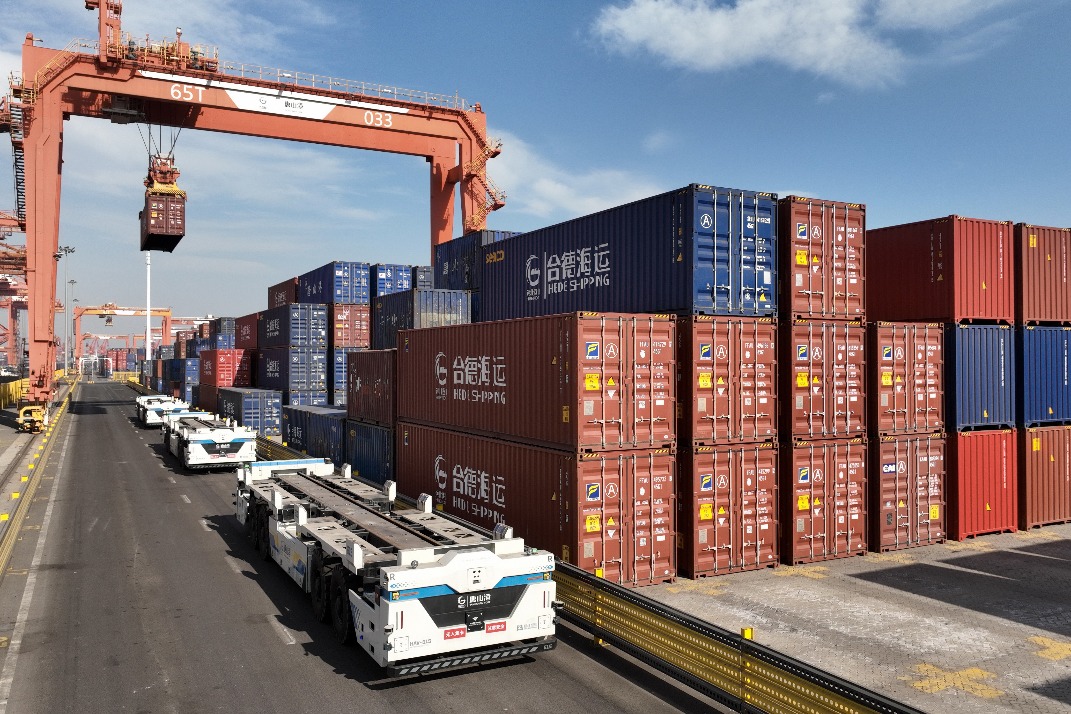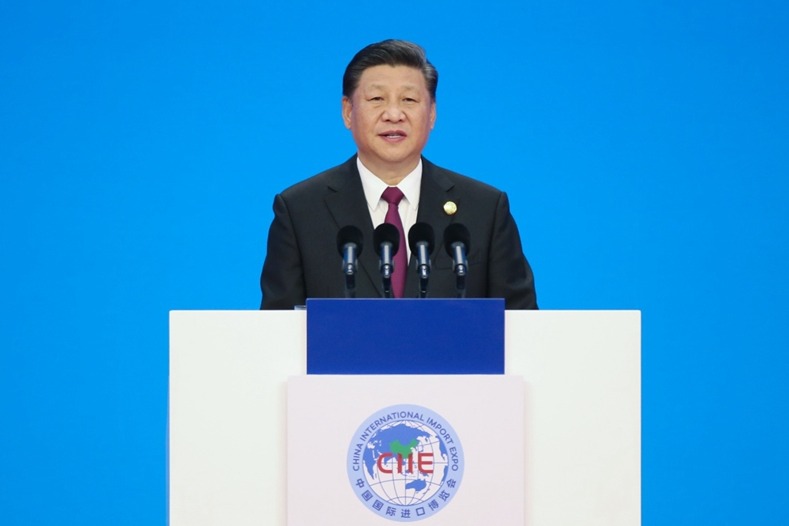Zhuque 3 a step closer to private space flights
By ZHANG ZHOUXIANG | chinadaily.com.cn | Updated: 2024-09-12 15:46

The successful 10-kilometer vertical takeoff and vertical landing test flight of Zhuque 3 or Rosefinch 3 VTVL-1 test rocket from the Jiuquan Satellite Launch Center in northwestern China's Gobi Desert on Wednesday marks a breakthrough in the nation's commercial space industry.
This way of launching and getting back a reusable rocket involves five stages, namely ascent, engine shutdown, unpowered gliding, in-flight engine restart to control speed of descent, and, lastly, soft landing. By successfully conducting this test twice, the Zhuque 3 team has proved its ability to recycle rockets for use, thus lowering costs.
It's true that the Chinese have a long way to go in the field of recycling rockets, compared with the US-based SpaceX, which announced on Tuesday a fifth orbit test flight for Starship in November, in which they will attempt to recover the rocket booster by capturing it with the launch tower.
However, the 10-km vertical takeoff and vertical landing test flight proves that the technology Zhuque 3 employs is reliable and now that it has cleared the test flight it will be ready for long-distance flights in the future.
That the test rocket was manufactured by LandSpace, a private rocket maker in China, adds value to the achievement. In fact, out of 30 launch missions conducted by China's space sector in the first half of 2024, commercial carrier rockets were responsible for five. The domestic commercial space industry is flourishing.
As an important new engine for economic growth, the industrial scale of the commercial space sector is expected to exceed 2.3 trillion yuan ($323.05 billion) this year. It is just a matter of time before ordinary people travel to space as conveniently as taking a flight today. And Chinese people could be among the first to realize that dream.
























